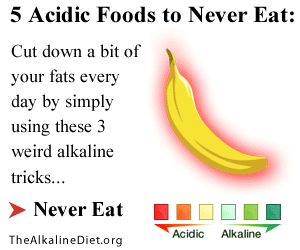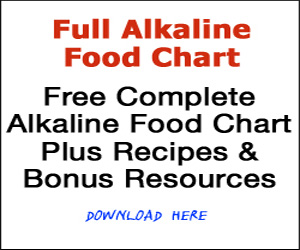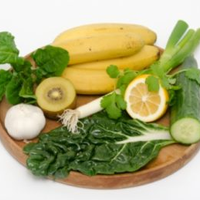Cooking Tips for the pH Miracle Diet
Embracing the lifestyle advocated by the pH Miracle Diet necessitates a shift in one’s approach to both eating and cooking. While some individuals seamlessly transition into this dietary regimen, others find themselves navigating unfamiliar terrain characterized by an emphasis on fresh vegetables and vegetarian protein sources.
The pH Miracle Diet literature, both in print and online, offers an abundant array of alkalizing recipes, ensuring a perpetual source of culinary inspiration for adherents. Initially, the novelty of the meals and cooking methods may present challenges, yet with perseverance, they invariably become ingrained habits.
For many initiates of the pH Miracle Diet, the commencement of their journey is marked by uncertainty regarding where to commence. Previously reliant on diets predominantly composed of packaged foods, meats, and other acid-forming selections, individuals may find themselves confronting a significant departure from their culinary norms.
While occasional indulgence in such fare is permissible, the bulk of dietary choices now belong to a bygone era. Although this transition may appear daunting, it suffices to identify and master approximately ten recipes, which effectively constitute the staple repertoire for most households and individuals. Monotony is swiftly avoided through the regular incorporation of new recipes, facilitating the gradual accumulation of a diverse “portfolio” of alkalizing meals tailored to individual tastes and preferences.
A pragmatic approach to this culinary transformation involves identifying existing familial culinary preferences from the list of alkalizing foods and subsequently seeking out recipes that incorporate familiar flavors and textures. This method ensures a smoother and more palatable transition compared to the sudden introduction of unfamiliar ingredients such as tofu, kale, or dandelion root.
An advisable starting point is the preparation of alkalizing broths, which, crafted from alkalizing vegetables and distilled water, furnish essential minerals and facilitate the restoration of pH equilibrium within the body. These broths, versatile in application, can serve as a foundational element for more elaborate soups or as a prelude to any meal, thereby promoting internal cleansing and revitalization of bodily tissues and organs.
Juices feature prominently in the regimen of adherents to the pH Miracle Diet, serving as potent aids in the detoxification of the body from excess acidity. A multitude of popular juice recipes, amenable to integration into the dietary regimen, offer a convenient option for breakfast or snacks throughout the day. The simplicity of their preparation, often achievable with a conventional blender, renders the need for specialized juicing equipment superfluous.
Concerns pertaining to accommodating the dietary preferences of children within the context of the pH Miracle Diet are not uncommon. However, numerous children’s vegetarian cookbooks can be readily adapted to align with the principles of the alkaline diet by substituting select vegetables.
Furthermore, the inclusion of alkalizing fruits such as apples, raspberries, and strawberries, alongside perennial favorites like sweet potatoes—especially beneficial during winter months—and summer staples like celery, underscores the diverse and appealing array of options available for younger palates.
With consistent practice and informed exploration, the preparation of alkalizing meals will seamlessly integrate into the culinary routine of both individuals and families, thereby contributing to the holistic well-being advocated by the pH Miracle Diet.



